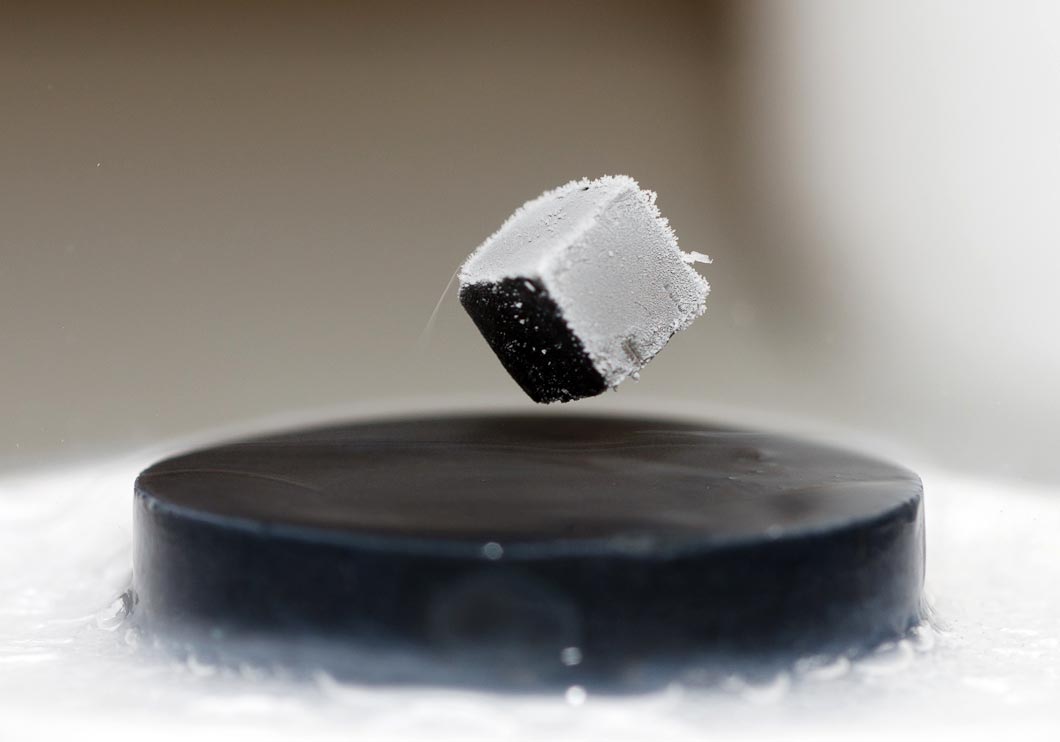In a new material that the researchers manufactured only about a year ago, MIT physicists and colleagues have exhibited an exotic form of superconductivity. Despite being predicted in the 1960s, this form of superconductivity has proven difficult to maintain until today. The researchers also discovered that the same material may be altered to show a different, equally exotic form of superconductivity.
According to a new update from MIT News, the findings have been published in the journal Nature on November 3rd. The discovery of finite momentum superconductivity in a layered crystal known as a natural superlattice suggests that the material can be adjusted to produce different superconducting patterns within the same sample. This could have ramifications for quantum computing and other fields.

The material is also expected to play a key role in unlocking the secrets of unusual superconductors. This could be important in the development of new quantum technology. It’s tough to design such technologies, partly because the materials they’re made of are difficult to research. The new material could make such study easier because it is relatively simple to create, among other reasons.
“A central element of our study is that new physics emerges from new materials,” says Joseph Checkelsky, the Mitsui Career Development Associate Professor of Physics and the project’s lead principal investigator. “This fresh material was the subject of our original report last year.” The novel physics is reported in this recent work.”
The Gordon and Betty Moore Foundation, the Office of Naval Research, the United States Department of Energy’s Office of Science, the National Science Foundation (NSF), and the Rutgers Center for Materials Theory all contributed to this research.
Harvard University was the site of the computations. The National High Magnetic Field Laboratory, which is financed by the National Science Foundation, the State of Florida, and the Department of Energy, handled the rest of the work.
Lead author Aravind Devarakonda Ph.D. ’21, who is currently at Columbia University, is one of Checkelsky’s co-authors on the current paper. Takehito Suzuki, a former research scientist at MIT who now works at Toho University in Japan; Shiang Fang, a postdoc in the MIT Department of Physics; Junbo Zhu, a physics graduate student at MIT; David Graf of the National High Magnetic Field Laboratory; Markus Kriener of the RIKEN Center for Emergent Matter Science in Japan; Liang Fu, an MIT associate professor of physics; and Efthimios Kaxiras of Harvard University.

